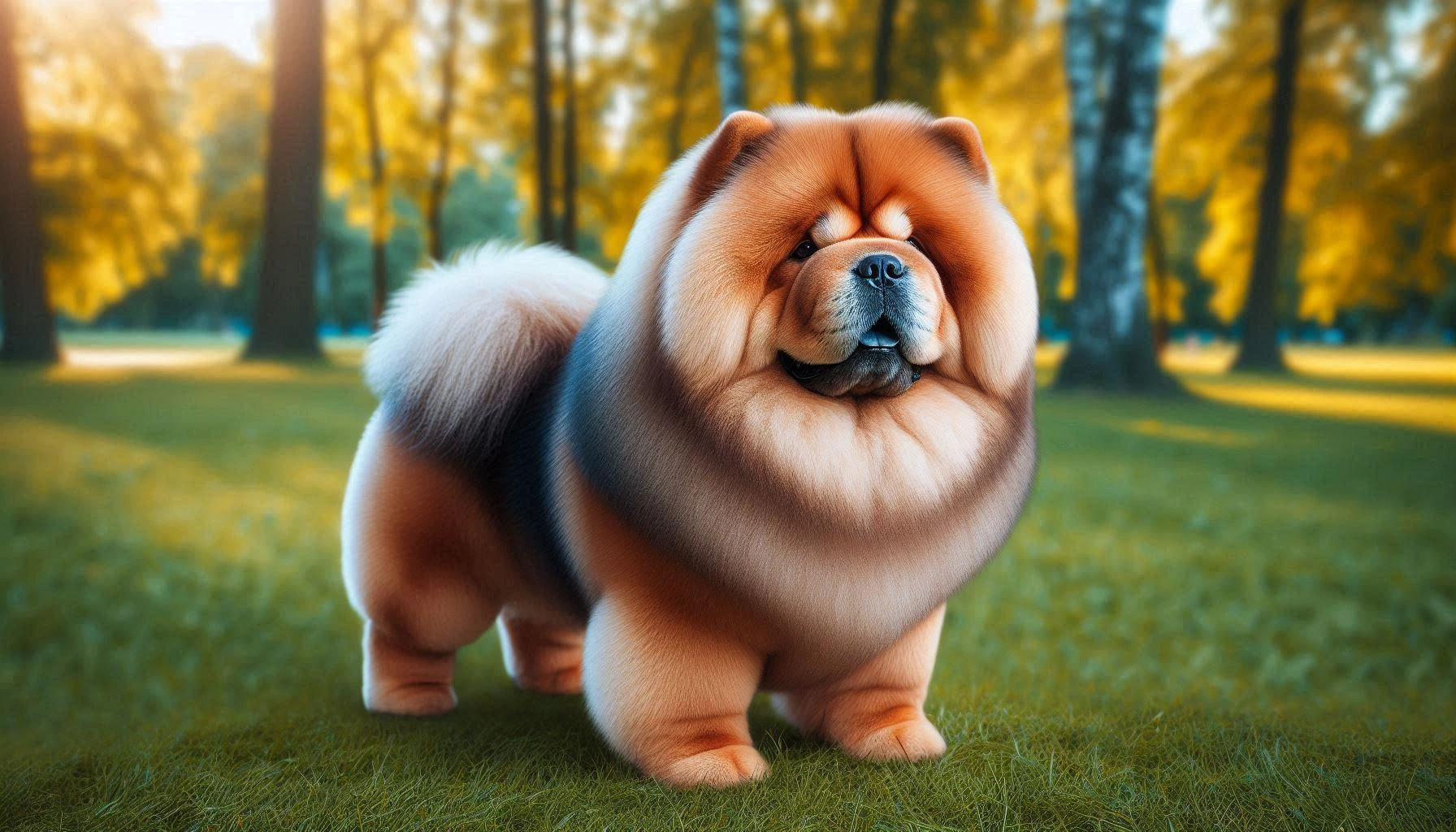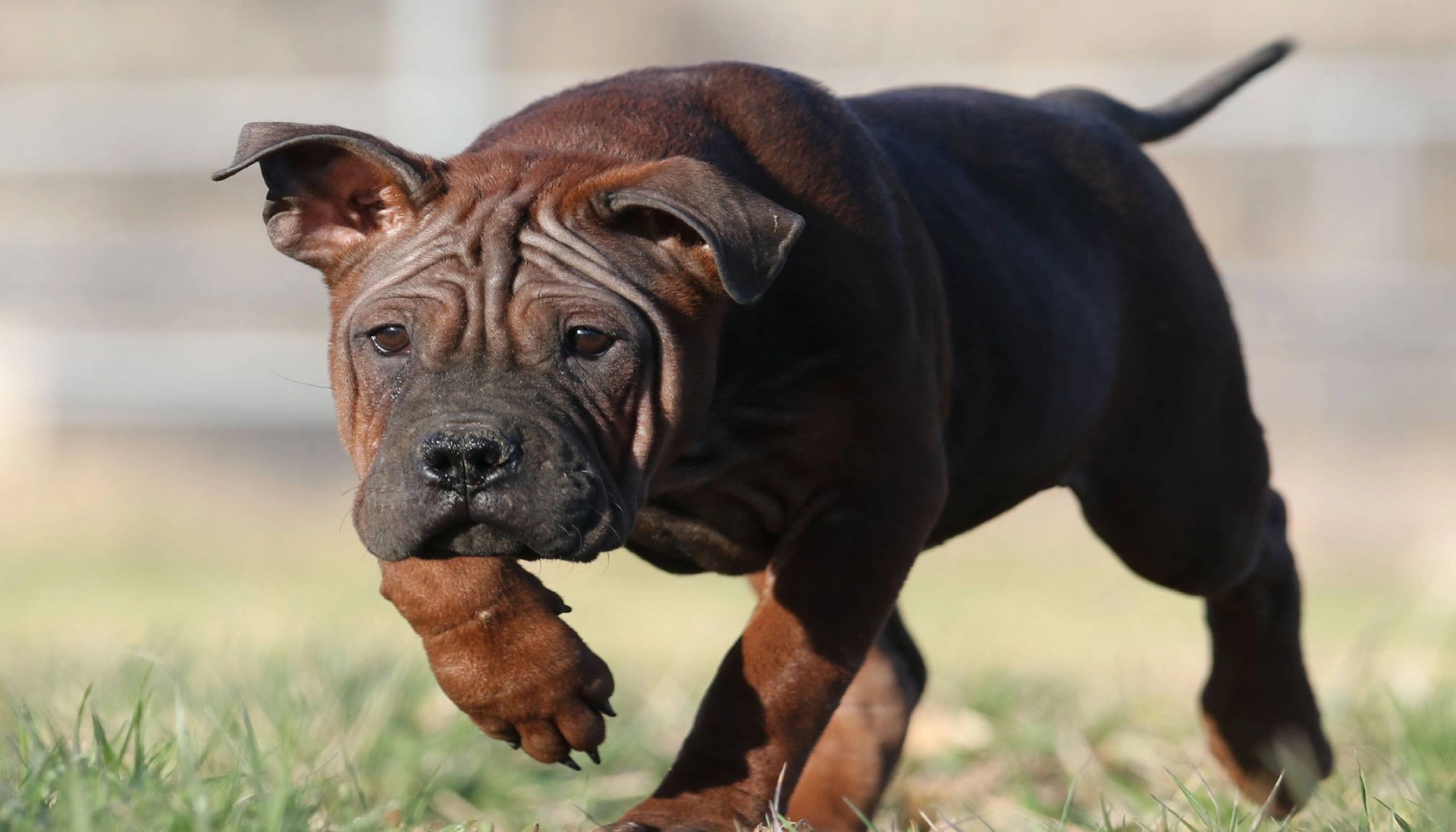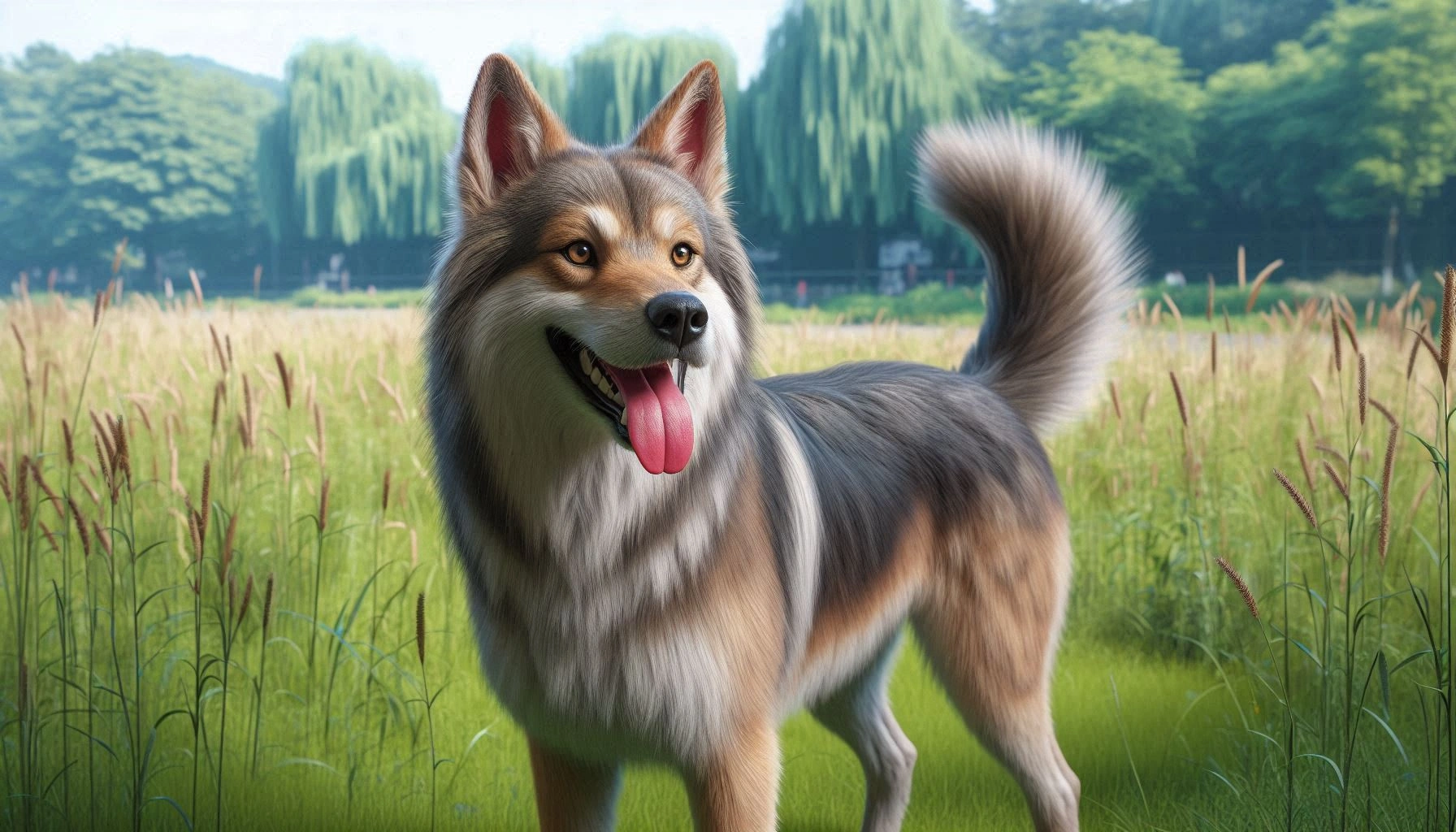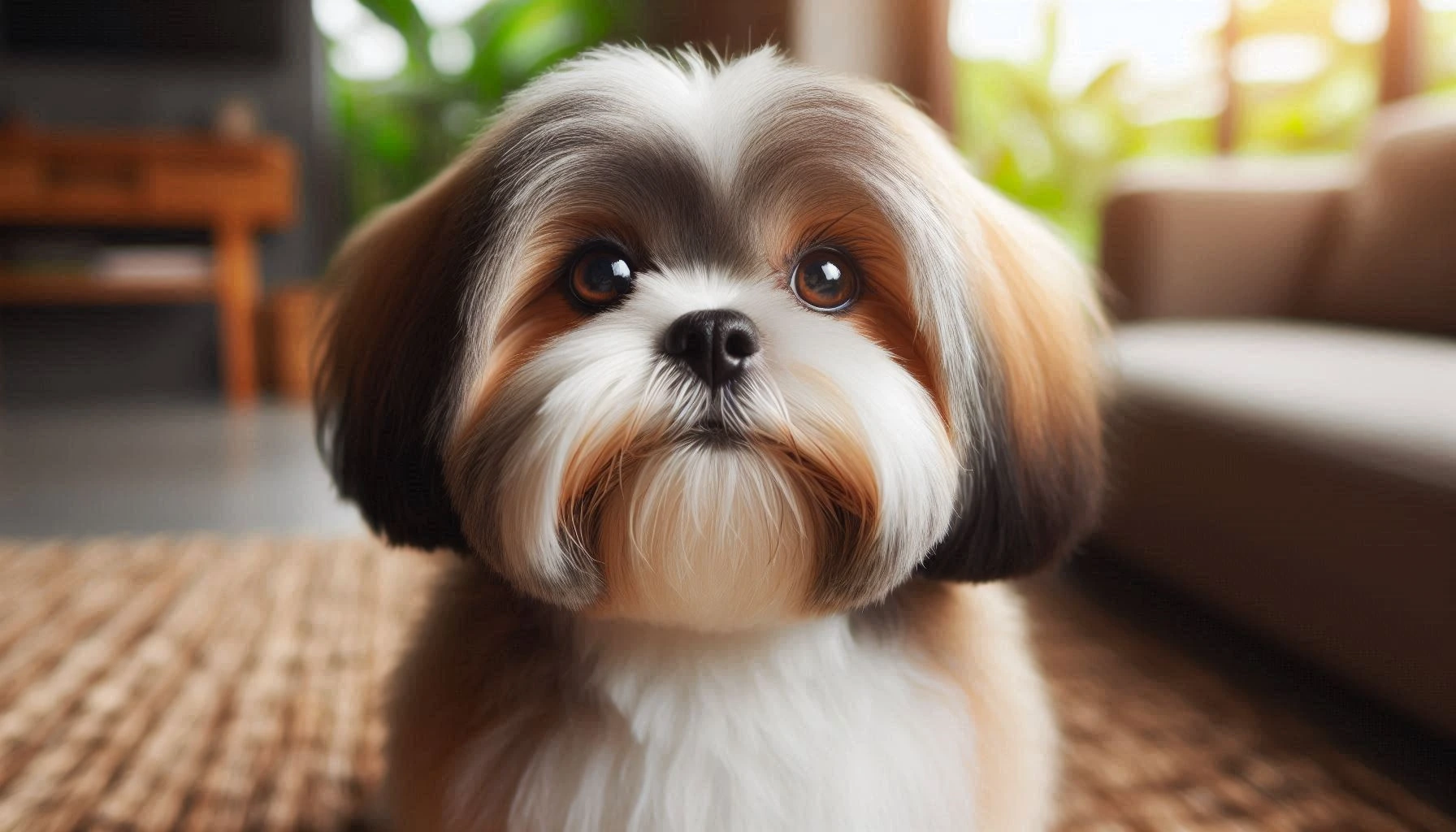Table of Contents
Pekingese Dog Breed
The Pekingese dog breed is a small, lion-like canine that has captured the hearts of many dog enthusiasts around the world. Known for their distinctive appearance, affectionate nature, and royal lineage, Pekingese dogs are a popular choice among pet owners. This breed is celebrated for its loyalty, unique physical characteristics, and vibrant personality, making it an excellent companion for those who appreciate a dog with character.
History and Origin
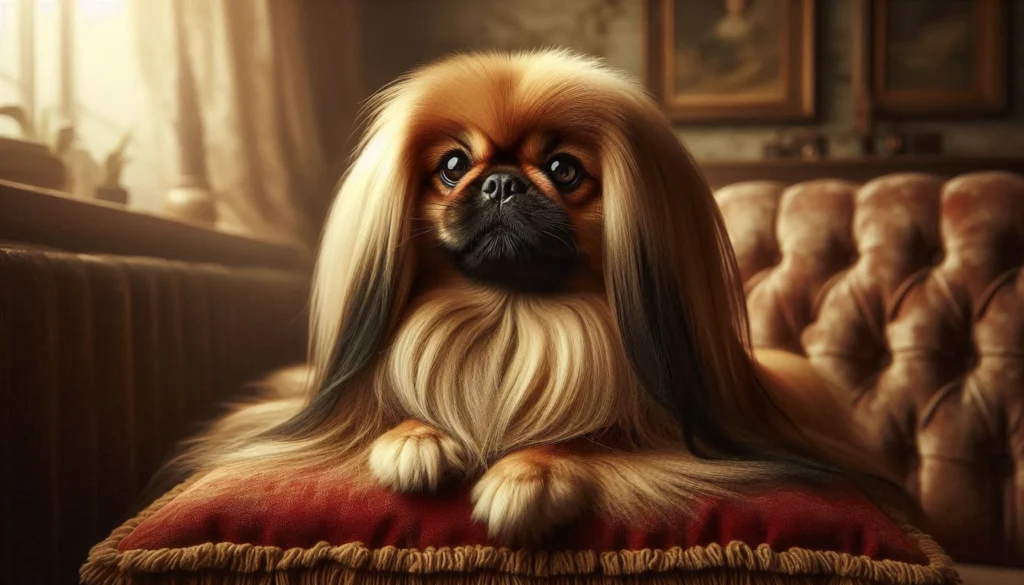
The Pekingese has an illustrious history that dates back to ancient China, where it was revered as a sacred companion of Chinese royalty. Originating from the city of Peking (now Beijing), this breed was bred to resemble the Chinese guardian lions, which are considered symbols of protection. The Pekingese were so esteemed that only members of the imperial family were allowed to own them, and the breed was often pampered and carried around in the sleeves of the nobility’s robes.
The breed made its way to the Western world during the Second Opium War in 1860, when British soldiers looted the Imperial Palace and brought several Pekingese dogs back to England. Queen Victoria, an avid dog lover, quickly fell in love with the breed, and they became popular among European aristocracy. Today, the Pekingese is cherished by dog lovers worldwide for its historical significance and charming demeanor.
Physical Characteristics

Size and Build
Pekingese dogs are small and sturdy, typically weighing between 7 to 14 pounds and standing 6 to 9 inches tall at the shoulder. Despite their diminutive size, they possess a robust and muscular build that gives them a lion-like presence.
Coat Type and Colors
One of the most striking features of the Pekingese is its luxurious double coat. The outer coat is long, straight, and coarse, while the undercoat is soft and dense. This combination gives the Pekingese its plush appearance. The breed comes in various colors, including gold, red, sable, black, white, cream, and even particolors (a mix of two colors).
Distinctive Features
The Pekingese has a flat, wide face with a short, wrinkled muzzle, round dark eyes, and a prominent brow. Their ears are heart-shaped and feathered, and they have a distinctive mane of longer hair around their neck and shoulders, adding to their regal appearance. Their tail is set high and carried over their back, often with a plume of long hair.
Temperament and Personality
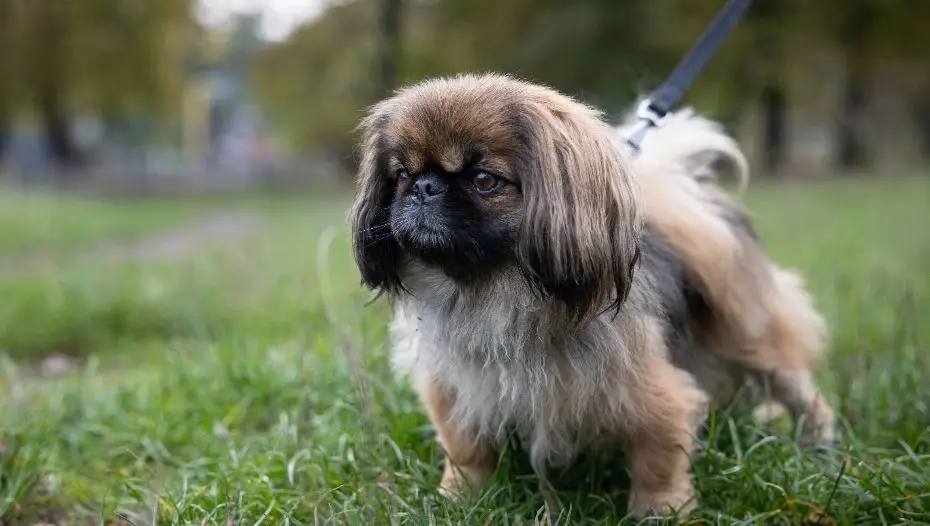
Pekingese dogs are known for their confident and courageous demeanor. Despite their small size, they possess a big personality and often display a dignified and independent nature. They are affectionate with their family members but can be aloof with strangers.
Interaction with People and Children
Pekingese are generally good with people, including children, provided they are treated with respect. Due to their royal heritage, they can be somewhat sensitive and do not tolerate rough handling well. They are best suited to households with older children who understand how to interact gently with pets.
Interaction with Other Animals
Pekingese can get along well with other animals, especially if they are socialized from a young age. However, their dominant personality means they may try to assert themselves, particularly with other dogs. Supervised introductions and early socialization can help mitigate any territorial behavior.
Health and Lifespan
Common Health Issues
Like all breeds, Pekingese are prone to certain health issues. Due to their brachycephalic (flat-faced) structure, they can suffer from respiratory problems and heat sensitivity. Other common health concerns include:
- Intervertebral Disc Disease (IVDD): A condition affecting the spine.
- Patellar Luxation: A knee joint issue.
- Eye Problems: Such as cataracts and progressive retinal atrophy (PRA).
- Heart Disease: Including mitral valve disease.
Average Lifespan
The average lifespan of a Pekingese is about 12 to 14 years. With proper care, regular veterinary check-ups, and a healthy lifestyle, many Pekingese live well into their teens.
Tips for Keeping Your Pekingese Healthy
- Regular vet visits for early detection of health issues.
- Maintain a balanced diet to prevent obesity.
- Ensure moderate exercise to keep them fit.
- Provide dental care to prevent periodontal disease.
- Protect them from extreme heat due to their brachycephalic anatomy.
Care and Grooming

Grooming Needs
The Pekingese’s dense double coat requires regular grooming to prevent matting and tangles. Daily brushing is recommended to keep their coat in good condition. Bathing should be done as needed, typically every 4 to 6 weeks. Pay special attention to cleaning their face folds to prevent infections.
Exercise Requirements
While Pekingese are not overly active dogs, they still need regular exercise to maintain their health. Daily short walks and playtime are usually sufficient. Be mindful of their respiratory issues and avoid strenuous activities, especially in hot weather.
Dietary Recommendations
A high-quality dog food that meets their nutritional needs is essential. Portion control is crucial to prevent obesity, which can exacerbate health issues. Consult with your vet to determine the best diet for your Pekingese.
Training and Socialization
Training Challenges
Pekingese can be stubborn and independent, making training a bit challenging. Consistency, patience, and positive reinforcement techniques are key to successful training. Start with basic commands and gradually introduce more complex training as they learn.
Socialization Tips
Early socialization is crucial for Pekingese to ensure they grow up to be well-rounded dogs. Expose them to different environments, people, and other animals from a young age. This helps prevent behavioral issues and ensures they are comfortable in various situations.
Suitability as a Family Pet
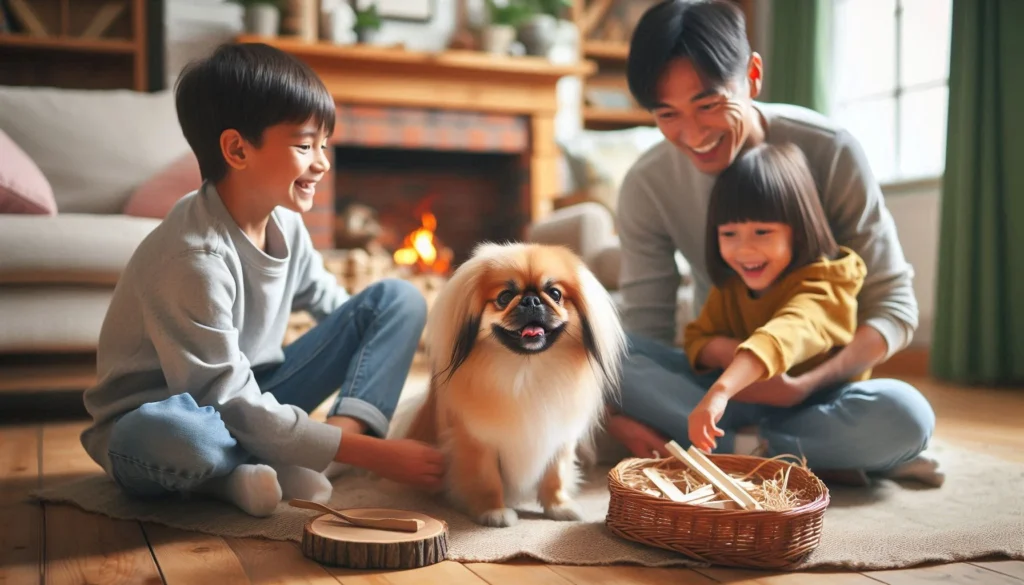
Living Environment Considerations
Pekingese are well-suited to apartment living due to their small size and moderate exercise needs. They enjoy spending time indoors with their family and do not require a large yard. However, they should have access to a safe, enclosed outdoor space for playtime and fresh air.
Energy Levels
Pekingese have moderate energy levels. They enjoy playtime and short walks but are equally content lounging around the house. They make excellent companions for those who prefer a less active dog.
Fun Facts and Trivia
- Royal Roots: Pekingese were considered sacred in ancient China and often traveled in royal caravans.
- Lion-Dog: They were bred to resemble Chinese guardian lions, also known as “Foo Dogs.”
- Rescue Heroes: During the sinking of the Titanic, a Pekingese named Sun Yat Sen survived alongside its owner, Henry Harper.
- Lap Warmers: Pekingese were used by Chinese nobility as living lap warmers due to their dense fur.
- Variety of Colors: Pekingese come in a wide array of colors, but the most common is gold.
The Dog Breeds Similar to Pekingese Dog

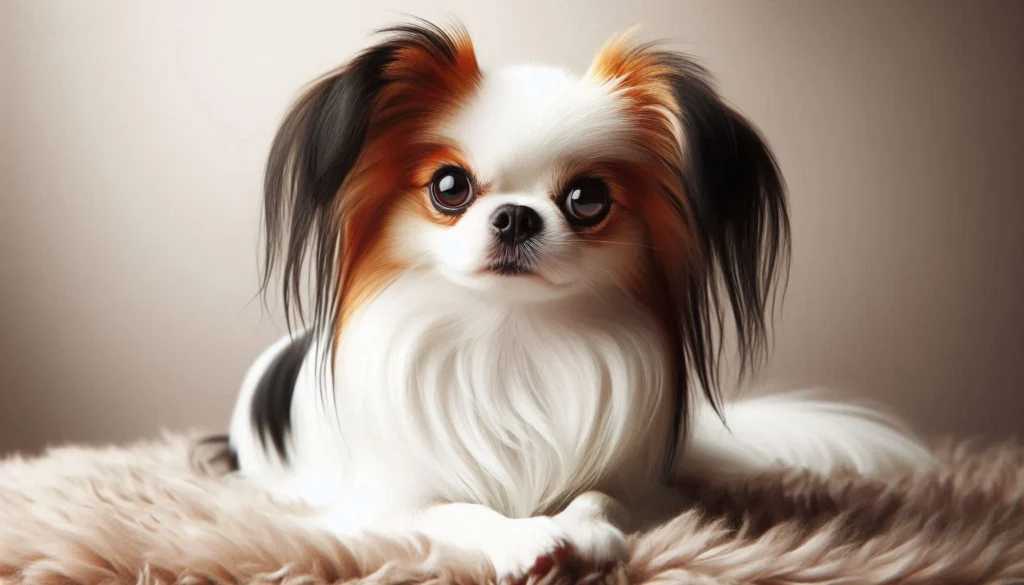
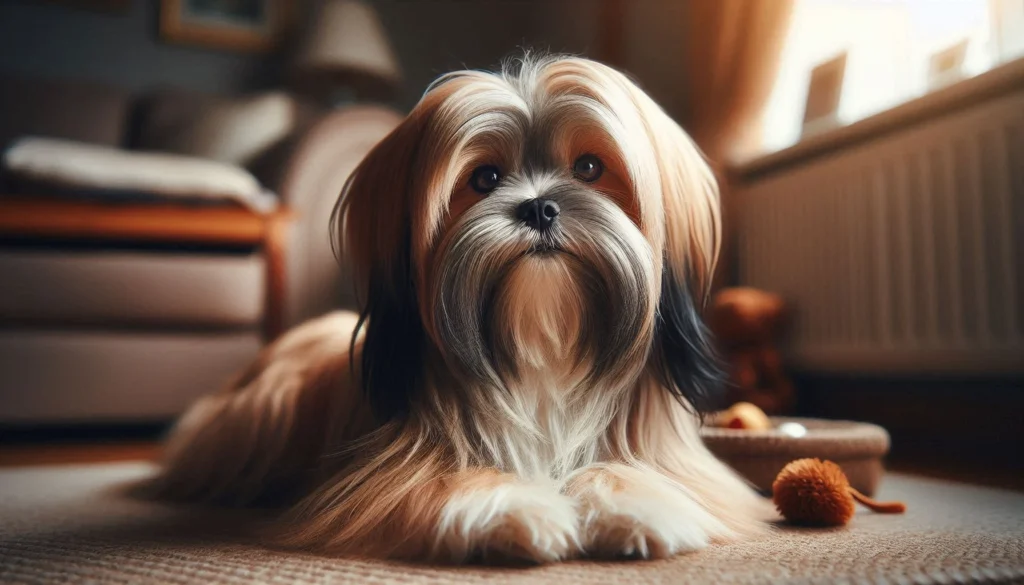
- Shih Tzu: Another ancient breed with Chinese roots, the Shih Tzu is known for its long, flowing coat and friendly, affectionate nature. Like the Pekingese, Shih Tzus were bred as companion animals for royalty.
- Japanese Chin: Similar in size and appearance, the Japanese Chin also has a flat face and a luxurious coat. They are known for their charming and playful personality, making them excellent companions.
- Lhasa Apso: Originating from Tibet, the Lhasa Apso shares the Pekingese’s long coat and dignified demeanor. They were traditionally used as sentinel dogs in monasteries and palaces.
Conclusion
The Pekingese dog breed, with its royal lineage, striking appearance, and affectionate nature, makes an excellent companion for those looking for a small yet spirited pet. While they require regular grooming and can present some training challenges, their loyalty and loving personality more than make up for it. If you’re considering adding a Pekingese to your family, you’ll be gaining a regal and devoted friend.
FAQ
Is the Pekingese dog a dangerous dog?
No, the Pekingese is not considered a dangerous dog. They are generally friendly and affectionate with their family members. However, like all dogs, they should be treated with respect and properly socialized to ensure they are well-behaved and comfortable around people and other animals.
Is the Pekingese the best guard dog to protect you or your family?
While Pekingese are alert and will bark to alert you of strangers, they are not typically considered guard dogs due to their small size. They make excellent watchdogs but are not suited to physically protecting you or your family.
